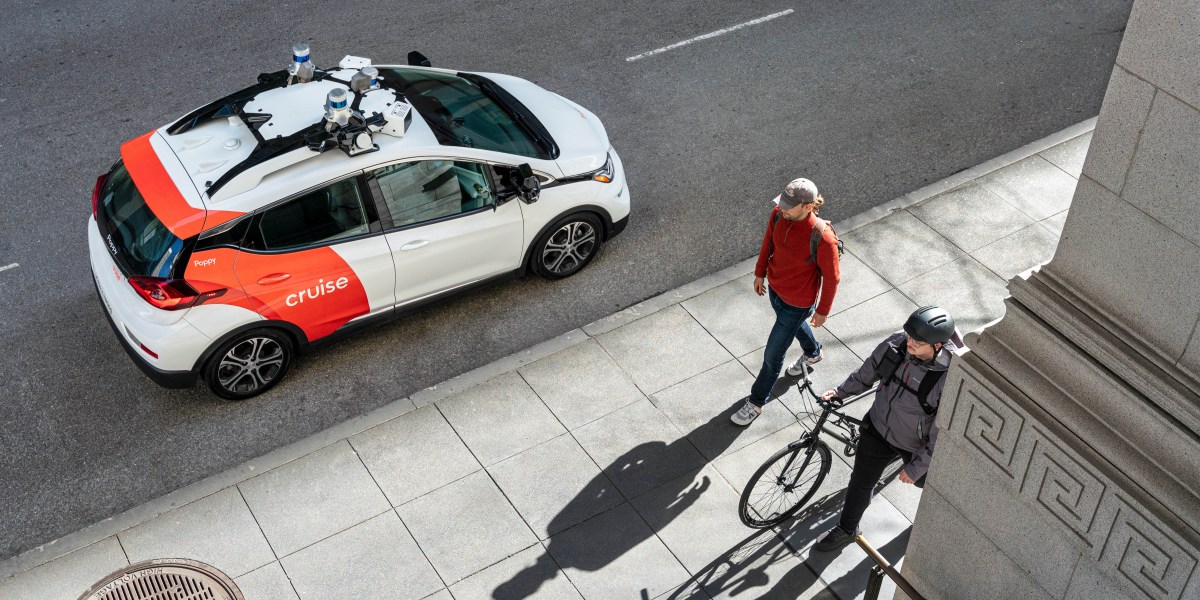In 2023, it almost felt as if the promise of robotaxis was soon to be fulfilled. Hailing a robotaxi had briefly become the new trendy thing to do in San Francisco, as simple and everyday as ordering a delivery via app. However, that dream crashed and burned in October, when a serious accident in downtown San Francisco involving a vehicle belonging to Cruise, one of the leading US robotaxi companies, ignited distrust, casting a long shadow over the technology’s future.
Following that and another accident, the state of California suspended Cruise’s operations there indefinitely, and the National Highway Traffic Safety Administration launched an investigation of the company. Since then, Cruise has pulled all its vehicles from the road and laid off 24% of its workforce.
Despite that, other robotaxi companies are still forging ahead. In half a dozen cities in the US and China, fleets of robotaxis run by companies such as Waymo and Baidu are still serving anyone who would like to try them. Regulators in places like San Francisco, Phoenix, Beijing, and Shanghai now allow these vehicles to drive without human safety operators.
However, other perils loom. Robotaxi companies need to make a return on the vast sums that have been invested into getting them up and running. Until robotaxis become cheaper, they can’t meaningfully compete with conventional taxis and Uber. Yet at the same time, if companies try to increase adoption too fast, they risk following in Cruise’s footsteps. Waymo, another major robotaxi operator, has been going more slowly and cautiously. But no one is immune to accidents.
“If they have an accident, it’s going to be big news, and it will hurt everyone,” says Missy Cummings, a professor and director of the Mason Autonomy and Robotics Center at George Mason University. “That’s the big lesson of this year. The whole industry is on thin ice.”
MIT Technology Review talked to experts about how to understand the challenges facing the robotaxi industry. Here’s how they expect it to change in 2024.
Money, money, money
After years of testing robotaxis on the road, companies have demonstrated that a version of the autonomous driving technology is ready today, though with some heavy asterisks. They operate only within strict, pre-set geographical boundaries; while some cars no longer have a human operator in the driver’s seat, they still require remote operators to take control in case of emergencies; and they are limited to warmer climates, because snow can be challenging for the cars’ cameras and sensors.
“From what has been disclosed publicly, these systems still rely on some remote human supervision to operate safely. This is why I am calling them automated rather than autonomous,” says
